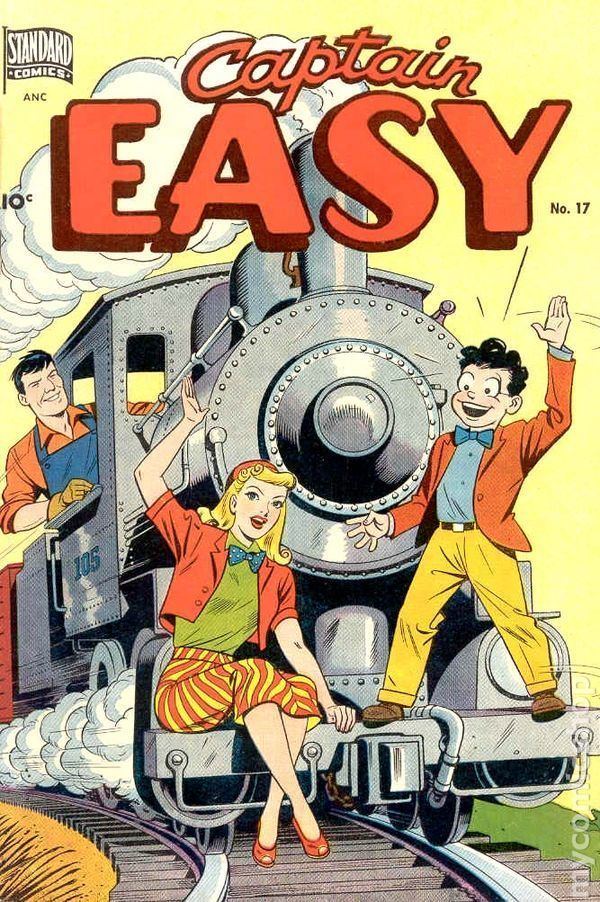 | ||
Similar Wash Tubbs, Buz Sawyer, Alley Oop, Terry and the Pirates, Steve Roper and Mike No | ||
Captain easy soldier of fortune vol 1 1933 1935 by roy crane video preview
Captain Easy, Soldier of Fortune was an American action/adventure comic strip created by Roy Crane that was syndicated by Newspaper Enterprise Association beginning on Sunday, July 30, 1933. The strip ran for more than five decades until it was discontinued in 1988.
Contents
- Captain easy soldier of fortune vol 1 1933 1935 by roy crane video preview
- Captain easy soldier of fortune vol 2 by roy crane video preview
- Characters and story
- Sunday strips
- After Roy Crane
- Reprints
- References
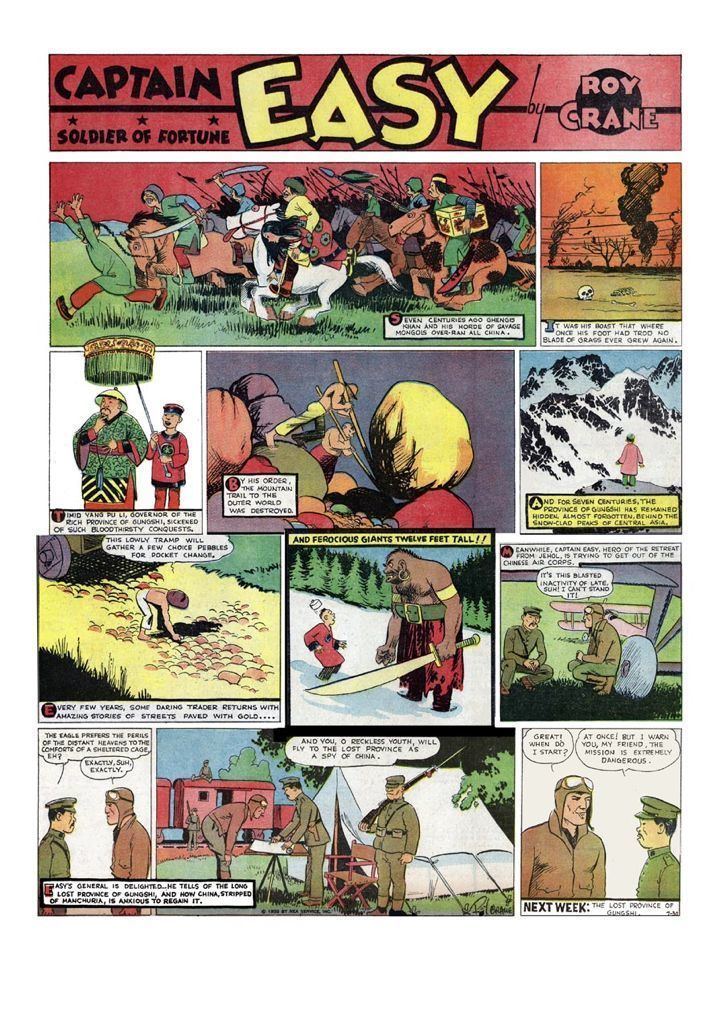
Captain easy soldier of fortune vol 2 by roy crane video preview
Characters and story
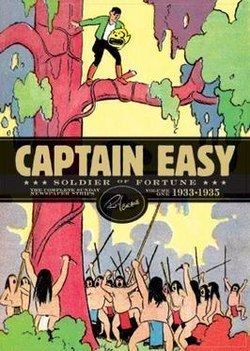
Originally, Captain Easy was a supporting character in the series Wash Tubbs, which focused on the adventures of the zany Washington Tubbs II. On February 26, 1929, Crane introduced taciturn toughguy Captain Easy, who soon took over the strip. On July 30, 1933, Crane launched Captain Easy, Soldier of Fortune as a Sunday page starring Easy.
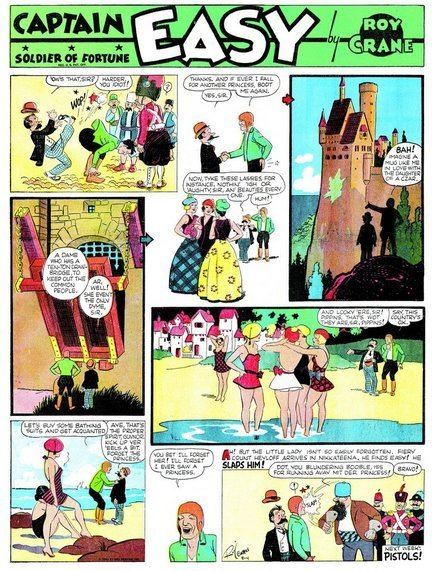
Captain Easy was a chivalrous Southern adventurer in the classic adventure-hero mold. After a series of globe-trotting adventures, Easy enlisted in the U.S. Army during World War II, afterwards becoming a private detective.
Sunday strips

The Sunday adventures were initially unconnected to those of the Wash Tubbs strip and dealt with Easy's adventures prior to meeting Tubbs. They are considered a tour-de-force by Crane, who crafted layouts intended to be seen as a coherent whole rather than a disparate collection of panels. Comics historian R. C. Harvey described Crane's Sunday page innovation:

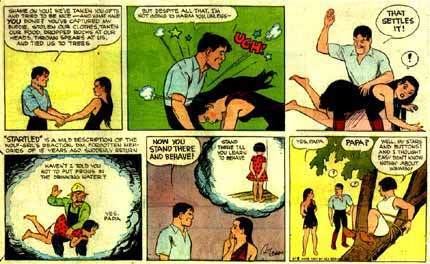

Unfortunately, in 1937, the Newspaper Enterprise Association syndicate, which employed Crane and owned the strip, introduced a new policy requiring Sunday pages designed so the panels could be rearranged into different formats. Crane then turned the Sunday pages over to his assistant Leslie Turner, so he could concentrate on the daily strip. The Tubbs and Easy characters were owned by NEA, and in 1943, Crane abandoned his strips and exited NEA to begin Buz Sawyer, a strip he would own outright.
After Roy Crane
After Crane’s departure, Turner took control of the strips, with his assistant Walt Scott drawing the Sunday page. Easy was in the Army by that time, and Tubbs had an increasingly unimportant role, so both daily and Sunday strips displayed the name Captain Easy in 1949.
Scott drew Captain Easy through the 1940s and 1950s. Mel Graff began ghosting it in 1960. When Turner retired in 1969, the strips passed to his assistants, Bill Crooks and Jim Lawrence. Mick Casale came aboard in 1982 and lasted until the series was discontinued in 1988.
Before the Sunday Captain Easy, there was a short-lived Wash Tubbs Sunday third, which began with gags featuring Tubbs and later puzzles for children. It ran from 10 May 1931 to 9 July 1933. Captain Easy appeared in one strip.
Reprints
Wash Tubbs and Captain Easy were featured in Big Little Books during the 1930s. They also appeared in Dell comic books from 1936 (Captain Easy, as early as The Funnies #1, October 1936 cover date) and 1937 (Wash Tubbs, as early as The Comics #1, March 1937 cover date) into the 1940s.
Almost the entire 1924-43 run of Crane’s strip was reprinted in Wash Tubbs and Captain Easy, an 18-volume black-and-white series featuring biographical and historical commentary by Bill Blackbeard. With production, design and strip restoration by Bhob Stewart, this series was published by NBM Publishing (Nantier, Beall, Minoustchine) on a quarterly schedule from 1987 to 1992. Fantagraphics Books has reprinted all of the Captain Easy Sundays by Roy Crane in color, in four volumes edited by Rick Norwood. A fifth volume featuring the best of the daily strip is planned.
